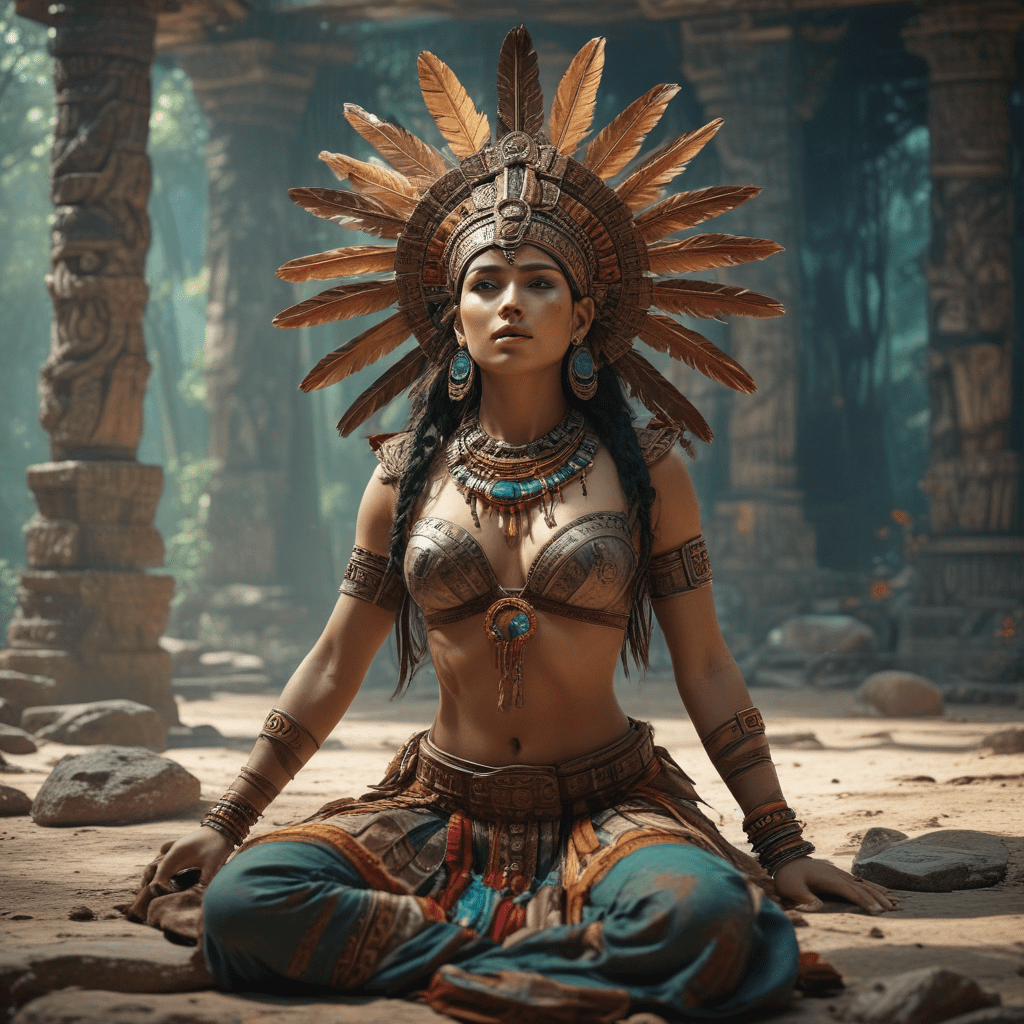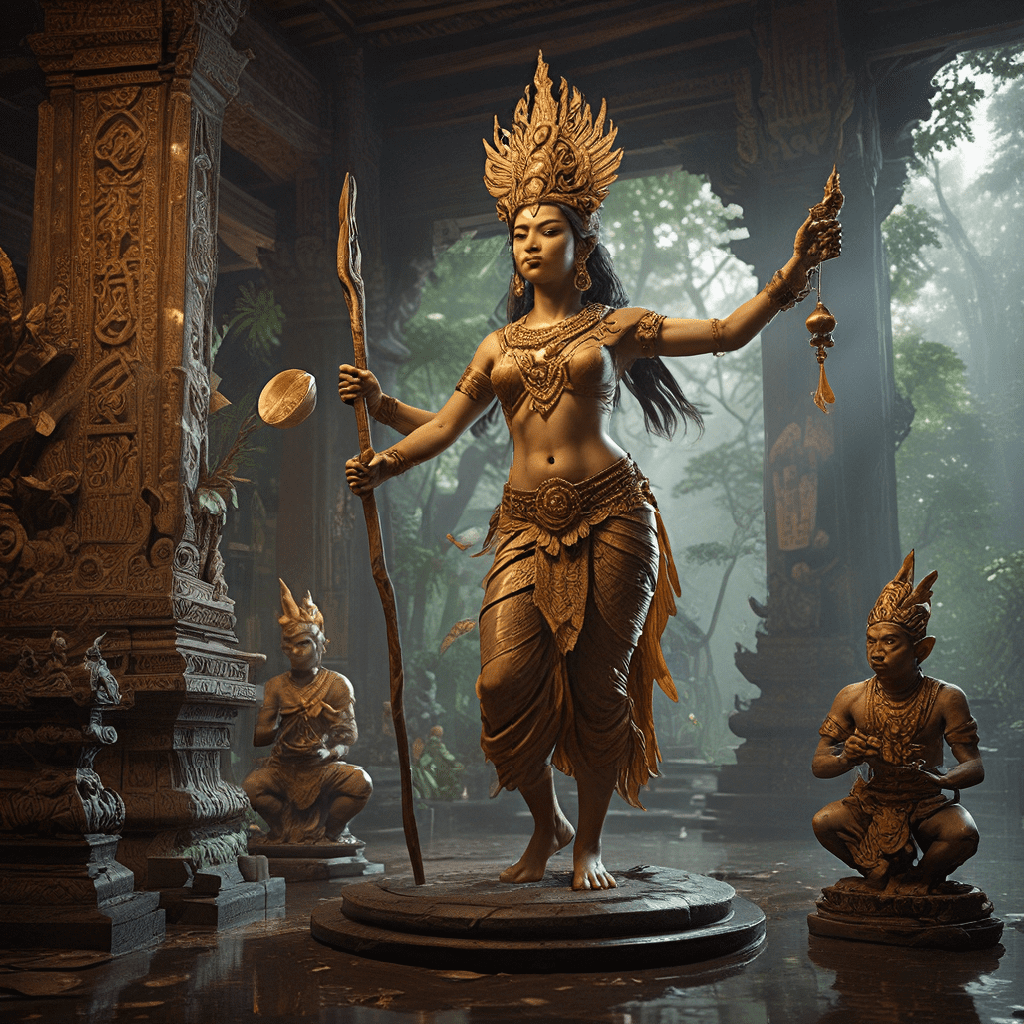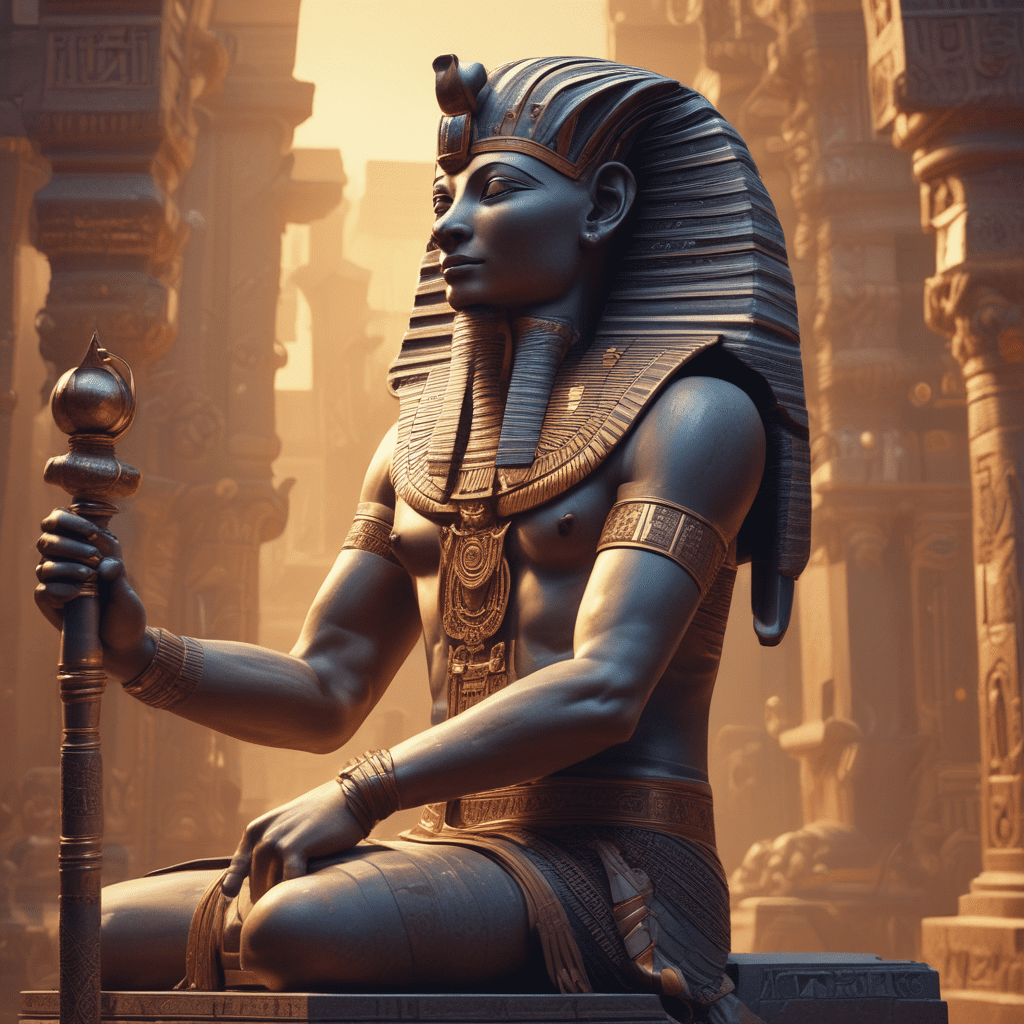Creation Myth and the Human Body
The Mayan creation myth tells the story of how the gods brought humanity into existence. According to the Popol Vuh, the sacred book of the Quiché Maya, the gods first created humans from clay, but these humans were too weak and lacked intelligence. The gods then tried again, this time using maize dough. These humans were successful, and they became the ancestors of the Maya people.
The Mayan conception of the human body is closely tied to the creation myth. The Maya believed that the body was made up of three parts: the flesh, the blood, and the soul. The flesh was seen as the physical body, while the blood was considered to be the life force. The soul was believed to be the spiritual essence of a person.
The Maya also believed that the human body was a microcosm of the universe. The head was associated with the sky, the torso with the earth, and the feet with the underworld. This belief influenced the way the Maya practiced medicine and healing.
Deities of Health and Healing
The Maya had a pantheon of gods and goddesses who were associated with health and healing. Some of the most important deities include:
- Ix Chel: The goddess of childbirth, medicine, and weaving. Ix Chel was believed to protect women and children from illness. She was also associated with the moon and the earth.
- Itzamna: The god of medicine, knowledge, and creation. Itzamna was believed to have created the world and all living things. He was also associated with the sun and the sky.
- Yum Kaax: The god of agriculture, maize, and the natural world. Yum Kaax was believed to provide for the physical needs of the Maya people. He was also associated with the rain and the earth.
These deities were worshipped through rituals and offerings. The Maya believed that by honoring these deities, they could maintain good health and well-being.
The Soul and Illness
The Maya believed that illness was caused by an imbalance in the body, mind, or spirit. This imbalance could be caused by a variety of factors, such as physical injury, emotional stress, or spiritual disharmony.
The Maya also believed that illness could be caused by supernatural forces, such as evil spirits or curses. These forces could be appeased through rituals and offerings.
Healing Rituals and Practices
The Maya had a variety of healing rituals and practices. Some of the most common included:
- Bloodletting: Bloodletting was believed to release toxins from the body and restore balance. It was often performed by priests or shamans.
- Herbal Remedies: The Maya used a variety of plants to treat illness. These plants were believed to have medicinal properties.
- Shamans and Spiritual Healers: Shamans were believed to have special powers to heal the sick. They often used rituals and incantations to treat illness.
The Role of Dreams and Divination
In addition to rituals and physical remedies, the Maya also placed great importance on dreams and divination as tools for healing and understanding the causes of illness. Dreams were believed to be messages from the gods and ancestors, offering insights into the spiritual realm and the underlying causes of physical ailments. Skilled dream interpreters would analyze the symbolism and messages within dreams to diagnose illness and guide treatment.
Divination practices, such as casting bones or reading signs in the natural world, were also employed to gain insights into the source of illness and the potential for recovery. These practices allowed individuals to connect with the spiritual realm and seek guidance from higher powers. By understanding the deeper meaning behind their ailments, the Maya could tailor their healing approach to address not only the physical symptoms but also the underlying spiritual imbalances.
The Importance of Balance and Harmony
Central to Mayan healing practices was the belief in the interconnectedness of all things and the importance of maintaining balance and harmony within oneself and with the surrounding environment. Illness was seen as a disruption of this balance, caused by factors such as emotional distress, spiritual disharmony, or negative energies.
To restore balance and promote healing, the Maya emphasized a holistic approach that addressed the physical, mental, and spiritual aspects of well-being. This included maintaining a healthy diet, engaging in regular physical activity, and practicing mindfulness and meditation to cultivate inner peace and emotional balance. Additionally, maintaining harmonious relationships with family, community, and the natural world was considered essential for overall well-being.
The Legacy of Mayan Healing Practices
The influence of Mayan healing practices can still be felt today in various ways. Traditional herbal remedies derived from Mayan knowledge continue to be used in many communities. The concept of holistic healing, which emphasizes the interconnectedness of mind, body, and spirit, is a cornerstone of modern alternative medicine.
Furthermore, the emphasis on preventative measures, such as maintaining a healthy lifestyle and cultivating positive emotions, aligns with the principles of modern preventative healthcare. The preservation and understanding of Mayan healing practices offer valuable insights into holistic approaches to health and well-being, contributing to the ongoing evolution of medical practices and philosophies.
Theories and Interpretations
The study of Mayan healing practices involves a multifaceted approach, drawing from various disciplines such as anthropology, archaeology, and ethnobotany. Anthropological perspectives provide insights into the cultural and social contexts of Mayan healing practices, exploring the beliefs, rituals, and practices within their broader societal framework.
Archaeological evidence, such as murals, sculptures, and artifacts related to healing practices, offers tangible clues to understanding the techniques and beliefs of the ancient Maya. Historical records, including codices and colonial accounts, provide further information about the practices and beliefs of Mayan healers.
Examining the symbolic meanings embedded within rituals, offerings, and plant remedies helps to uncover deeper understandings of the spiritual and philosophical underpinnings of Mayan healing practices. By integrating these diverse perspectives, researchers can gain a more comprehensive understanding of the complexities and richness of Mayan approaches to health and healing.
Conclusion
The study of Mayan mythology and healing practices offers a fascinating window into the ancient Maya's worldview and their deep understanding of the interconnectedness of human health, spirituality, and the natural world. By exploring the myths, deities, rituals, and beliefs associated with healing, we gain valuable insights into the holistic approaches to well-being that continue to influence healthcare practices today.
Understanding these traditional knowledge systems can bridge the gap between ancient wisdom and modern scientific advancements, fostering a more comprehensive and integrated approach to health and healing. As we strive to create a more sustainable and balanced future, the legacy of Mayan healing practices offers valuable lessons for living in harmony with ourselves, our communities, and the natural world.
FAQ
What are some of the most common Mayan healing herbs?
Some of the most common Mayan healing herbs include chamomile, calendula, echinacea, and aloe vera. These herbs have been used for centuries to treat a variety of ailments, including wounds, infections, and digestive problems.
How did the Maya use bloodletting and sacrifice in healing rituals?
Bloodletting and sacrifice were believed to release toxins from the body and appease the gods. Bloodletting was often performed by priests or shamans using sharp obsidian blades. Sacrifices could include animals, food, or even human beings.
What is the role of the shaman in Mayan healing practices?
Shamans are spiritual healers who are believed to have special powers to communicate with the spirit world. They often use rituals, incantations, and herbal remedies to treat illness.
How do Mayan healing practices relate to modern medicine?
Many modern medical practices are based on ancient healing traditions, including the use of herbal remedies and the emphasis on holistic health. The study of Mayan healing practices can help us to better understand the origins of modern medicine and to develop more effective and holistic approaches to healthcare.



